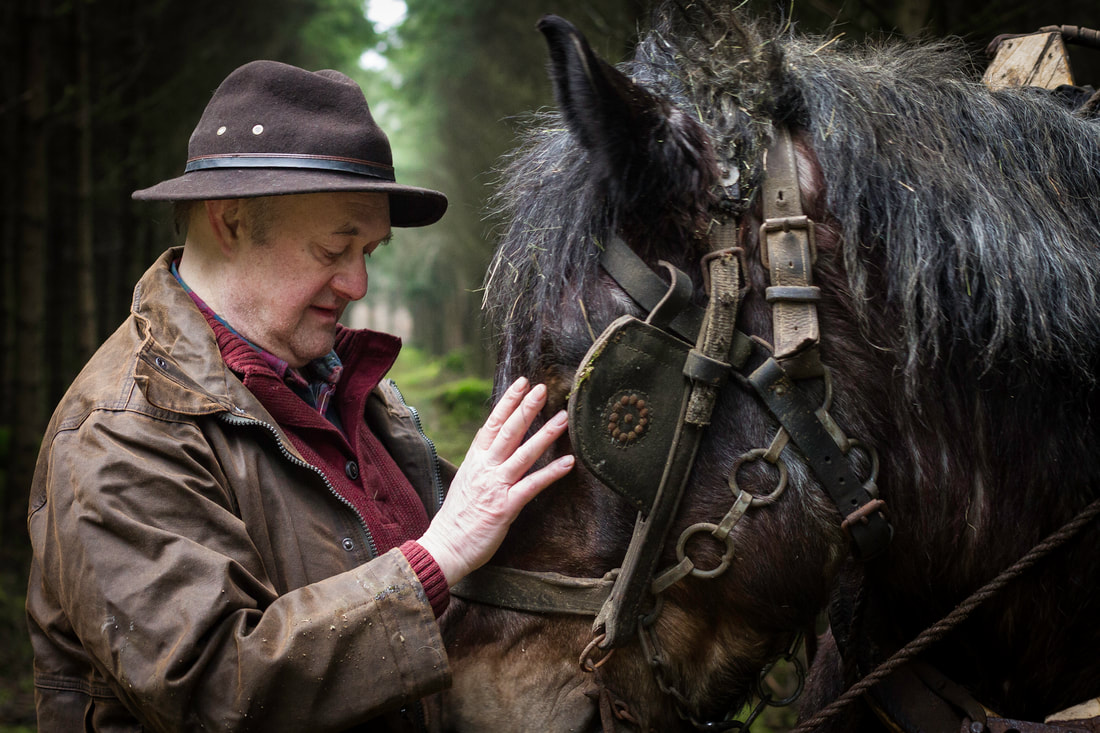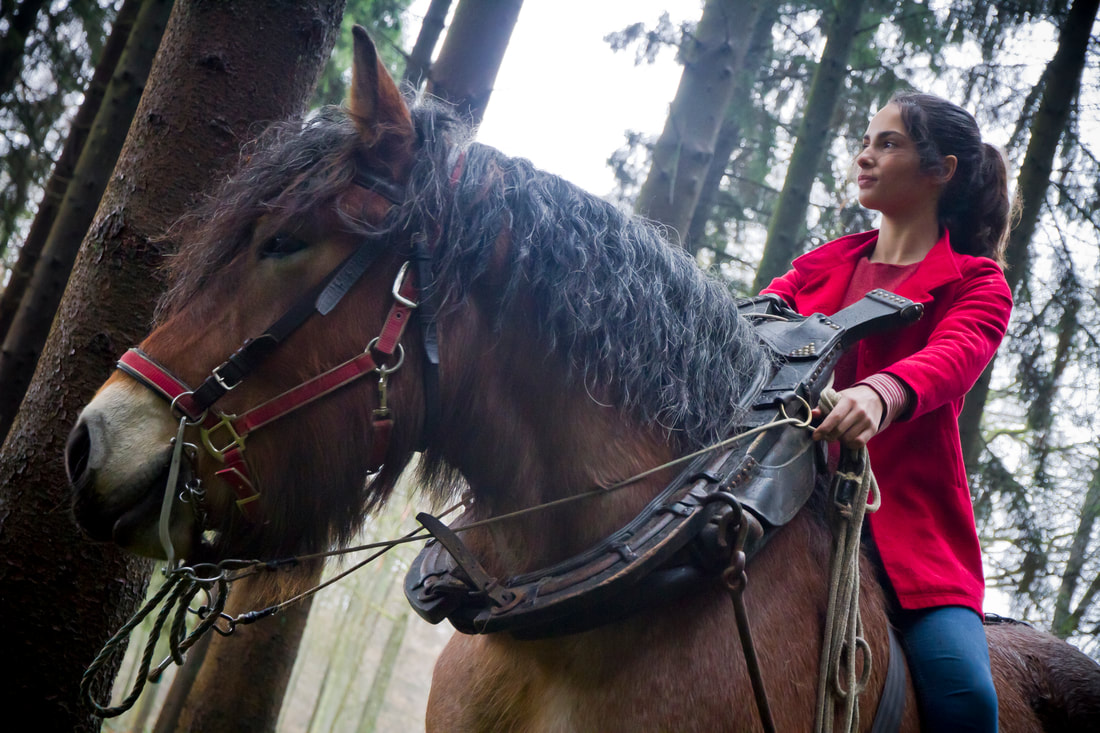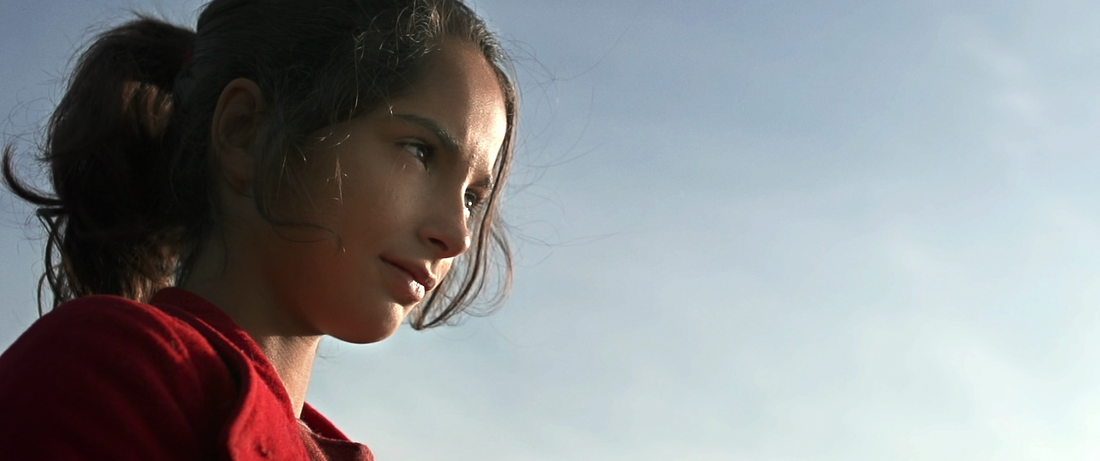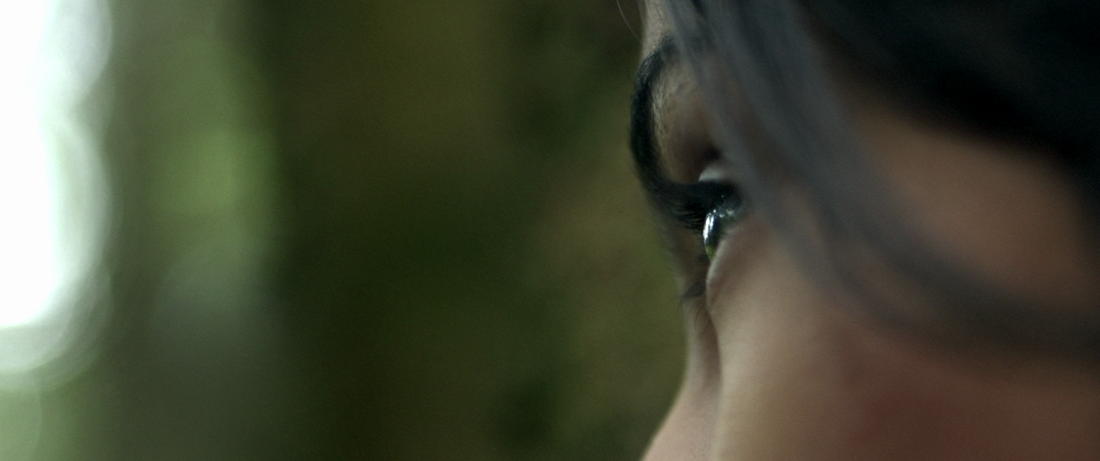|
We reached out to our World Wildlife Day Film Showcase filmmakers to ask them five questions about the experience of making their films.
What inspired this story? Sébastien PINS of Alchimie Productions: I have often admired the work of loggers with their workhorses in the Ardennes. I wanted to share the discovery of that ancient and beautiful job with as many people as possible, so I got introduced to one of the last workhorse-loggers in Belgium. I‘ll always remember the first time I met Marc and his horse Nina - an animal of several hundred kilos. She could pull by herself several pine trees, outpacing her master who seems so small next to her. From time to time the man would give almost inaudible orders to his horse. The coordination between both was obviously perfect, a real symbiosis. One day, around a campfire, Marc the logger told me about his worries about the future of his job...he told me that now he was considered as “the last of the Mohicans,” picking up trees with his horse Nina in places machines couldn't reach. According to him, the number of the loggers in Belgium can be counted on the fingers of one hand. I observed Marc and saw a man marked by life and the hardiness of his job, but above all I discovered a passionate man, a passion he had even transmitted to his son. The young man had indeed become a logger like his father. At that moment I decided that to turn my idea into a short film to reach more people, even beyond the frontiers of Belgium, to let everybody know about this fascinating job. Covering all four seasons, this short film should have been shot in one year, but it turned out to become a true obstacle course for more than three years. Describe some of the challenges faced while making this film. SP: While a man's life is short, the life of a tree can span centuries. I therefore tried to choose unusual points of view by placing my camera amongst the forest’s gaze on the logger. I also put an emphasis on moving the camera to join the point of view of the logger and his horse. To film certain shots, we used a cine-drone, a paramotor, a tower, a shoulder camera with an easyrig and numerous other techniques… In terms of shooting with a drone, it was very complicated as we were in locations which did not offer any satellite assistance and each shot therefore needed to be a real work of art under such shooting conditions. For close-ups on the logger or the young girl, I chose to use a shoulder camera which allowed me to be as close as possible to my characters, in order to capture everything going on within them with this more “organic” camerastyle. The main technical question I asked myself was whether this mix of different shooting styles would provide us with shots which could be tied together in post. There remained some questions about the feasibility of connecting a perfectly fluid drone shot with a less stable shoulder camera shot. And, in the end, it was a relief to see that each shot came together well. With my team, I used different techniques in order to capture the flight of the birds. For example, we used a paramotor to get closer to the cranes, which meant we avoided having to work with a telephoto lens. It might also be interesting to know that, when the camera is beside the cranes in the sky, that is the product of a year’s work for 5 seconds of images. What did you learn from your experience making this film? SP: I believe that the future of logging is a close collaboration between machine workers and a good logger pulling his horse. While scouting, I noticed that where there was a workhorse, the machine was often left idle. A horse which is able to skilfully maneuver on the terrain can find trees in places where, if it were down to a machine, the forest would need to be razed in order to allow the Timberjack, tractor or skidder to pass through. To my mind, the horse is too often seen as a step backwards in terms of technology, when it is actually the source of a perfect complementarity between economic, social and environmental functions. What is more, these days it constitutes an important aspect for the development of green tourism.” How do you approach storytelling? SP: I wanted to develop with “Traces” a simple story, touching and accessible to all. With the word “Traces," you may believe the film to be about a vestige of the past, but this is far from being the message of my film. It takes place in the present and shows the impression left by a logger and his horse in the heart of a young girl over the seasons. What impact do you hope this film will have? SP: Being a director is, for me, a life choice linked to my wish of leading a team to work together in creating a project with meaning. So, with this film, my goal is to raise awareness and value the work of these men who, since the dawn of time, have contributed to the wellbeing and safeguarding of our forests. It also describes the extraordinary symbiosis between man, animal and forest. The whole concept of transmission takes its meaning in the loggers act of transmitting to a girl his passion of for his work. Some encounters can create new life goals! Thus, the short film "Traces" shows that young people can also be actors in the preservation of our forests. I hope to arrive with "Traces" to reach my audience so that it can germinate in him the desire to participate actively in the preservation of our forests. I hope that my short film will contribute to the survival of their profession. Were there any surprising or meaningful moments/experiences you want to share?
Any fun facts about the film, the subject matter or the production crew that might surprise the audience?
Anything else you would like people to know? SP: The Ardennes, a real temple to nature and land of legends, constitutes by itself the setting for “Traces." Throughout the movie, you will travel to the four corners of this magnificent territory filled by forests and valleys. You will fly over Bastogne, Houffalize, Herbeumont, Saint Hubert, Roc-La-Tour and many more places. What next? SP: Making the Traces short film travel around the world is our first purpose and we are particularly looking for broadcasters such as the BBC, National Geographic, ARTE, Netflix and more ... A short film and a feature documentary are also in preparation. To achieve these different projects, we seek production partners, whether private or institutional. For more information, please contact us! How can audience members take action to help the cause or issue featured in this film? SP: I have never felt more alive than when shooting this film. The contact with nature, the horse and the logger was emotionally very fulfilling. Your audience should not hesitate to go and meet these last loggers, so they can listen to their story and share for a few days their daily life to understand how important their job is. As a logger with a draft horse, you live in deep communion with the nature which cradles us through the seasons. This job also represents a responsible act of safeguarding the soils of our forests. As Chesterton said, it is in human nature to always pursue things that vanish and to appreciate them as soon as they are about to disappear.
0 Comments
Leave a Reply. |
Archives
March 2024
Categories
All
|
Contact UsJackson Wild
240 S. Glenwood, Suite 102 PO Box 3940 Jackson, WY 83001 307-200-3286 info@jacksonwild.org |





 RSS Feed
RSS Feed